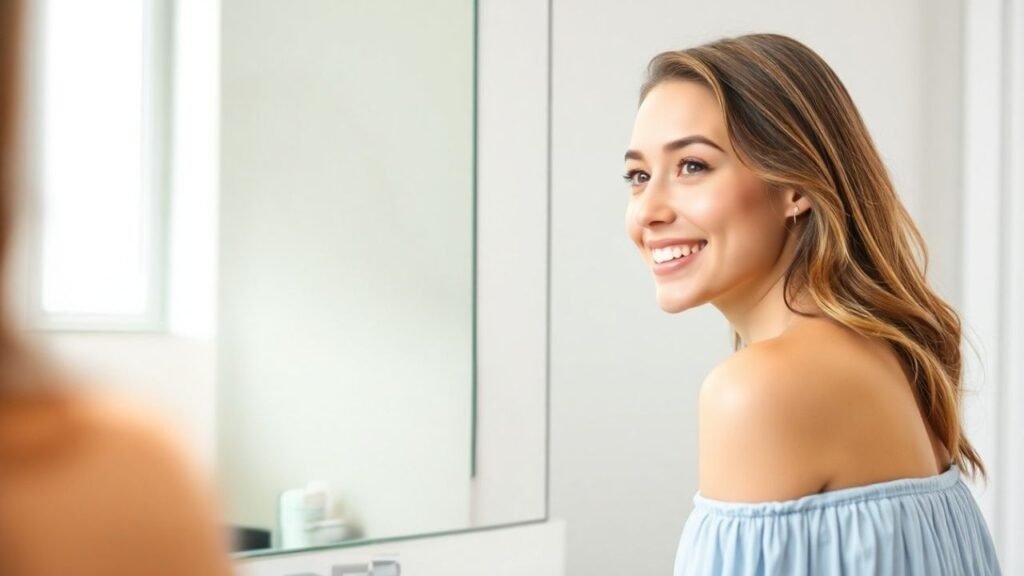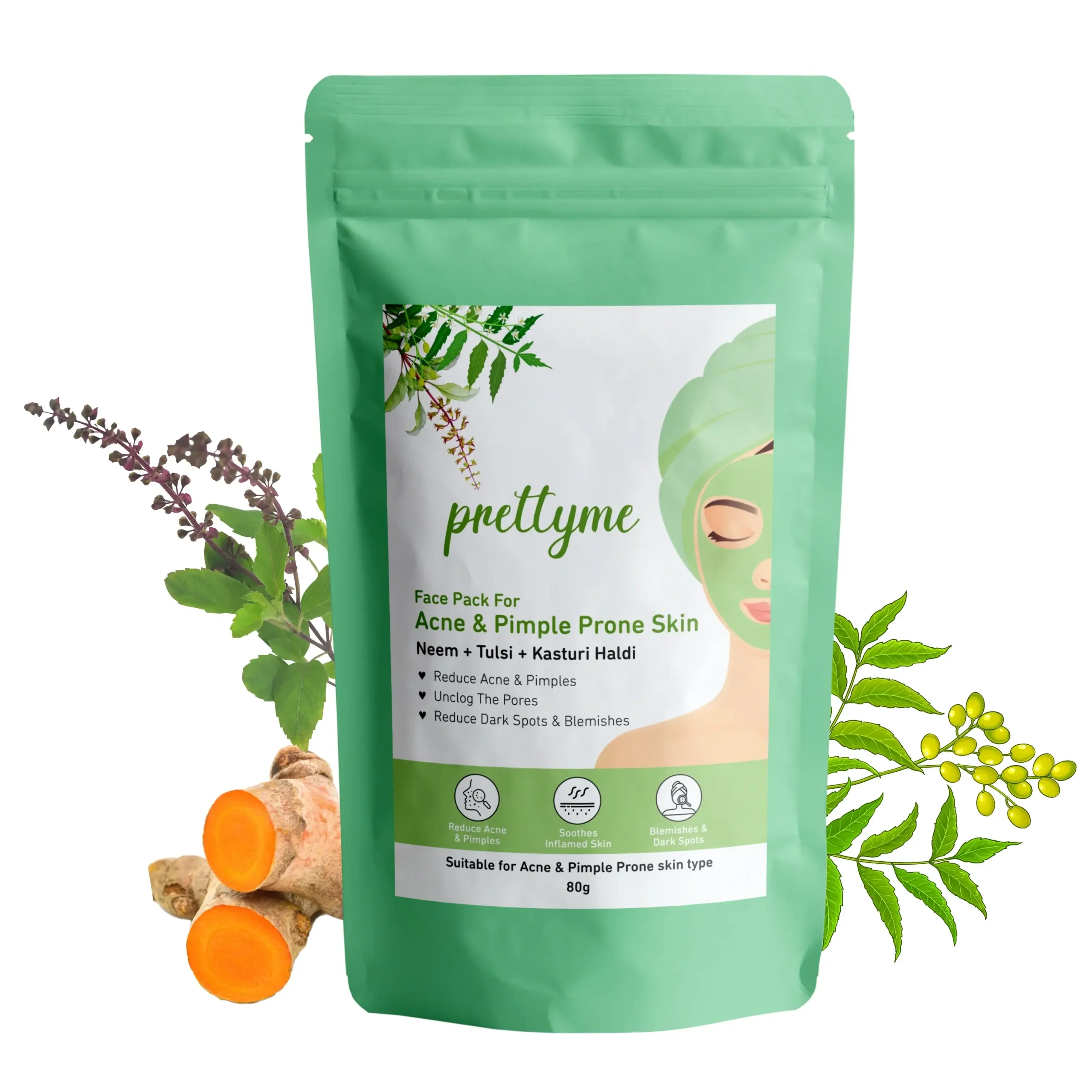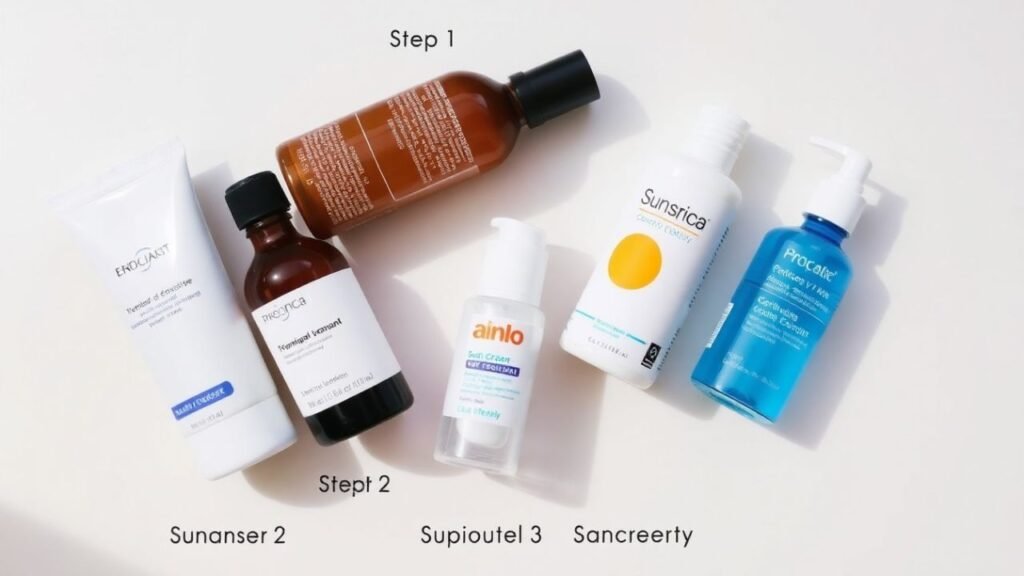Acne vs Pimples Decoded: How They’re Different and Ways to Reduce Both
If you’ve ever wondered whether acne and pimples are the same, you’re not alone! These terms are often used interchangeably, but they aren’t identical. Think of it like this: pimples are a part of acne, but acne is a broader skin condition.
In this post, we’ll break down the key differences, causes, and most importantly, how to tackle both effectively. So, let’s decode this skincare puzzle and help you achieve clear, healthy skin.
What Is Acne?
Acne is a chronic skin condition that occurs when hair follicles become clogged with oil, dead skin cells, and bacteria. It can manifest in various forms, including blackheads, whiteheads, papules, pustules, nodules, and cysts.
Types of Acne
- Mild: Blackheads and whiteheads.
- Moderate: Papules and pustules (red bumps and pus-filled lesions).
- Severe: Nodules and cysts (painful, deep lesions).
Acne often appears on the face, chest, and back and can persist for years if untreated.
Natural Face Pack

What Are Pimples?
Pimples are a symptom of acne. They occur when a clogged pore becomes inflamed or infected. While all pimples are a type of acne, not all acne presents as pimples.
Types of Pimples
- Papules: Small, red, raised bumps caused by inflamed hair follicles.
- Pustules: Pimples filled with pus.
- Nodules: Large, painful lumps deep in the skin.
- Cysts: Severe, pus-filled lesions that can scar.
Acne vs Pimples: Key Differences
| Aspect | Acne | Pimples |
|---|---|---|
| Definition | A broad skin condition involving various lesions. | Individual inflamed or infected lesions. |
| Scope | Includes blackheads, whiteheads, and pimples. | Limited to inflamed bumps (e.g., papules, pustules). |
| Severity | Can range from mild to severe. | Usually less severe unless cystic. |
| Cause | Hormonal imbalance, excess oil, bacteria. | Clogged pores leading to inflammation. |

Discover 100-year-old women’s Skincare routine
Discover timeless beauty secrets from 100-year-old women worldwide and transform your skincare routine. Read now to uncover the key to radiant skin!
Causes of Acne and Pimples
Understanding what triggers acne and pimples can help manage and prevent them.
a. Hormonal Imbalances
Hormones, especially androgens, increase oil production and lead to clogged pores.
b. Excess Sebum (Oil) Production
Overactive sebaceous glands contribute to pore blockages.
c. Bacteria
Cutibacterium acnes bacteria in clogged pores can cause inflammation, leading to pimples.
d. Poor Skincare Habits
Using comedogenic products or not cleansing properly can worsen both conditions.
e. Stress and Diet
Stress increases cortisol, which can trigger breakouts. Foods high in sugar and dairy may also contribute.
Natural Face Pack

For Acne and Pimple Prone Skin
- Reduce Acne & Pimples
- Soothes Inflamed Skin
- Blemishes & Dark Spots
Effective Ways to Reduce Acne and Pimples
a. Skincare Routine
- Cleanse Twice Daily: Use a gentle, non-comedogenic cleanser.
- Exfoliate Weekly: Opt for chemical exfoliants like salicylic acid to unclog pores.
- Hydrate: Use an oil-free moisturizer to maintain skin balance.
- Spot Treatments: Use benzoyl peroxide or tea tree oil on pimples.

b. Topical Treatments
- Retinoids: Reduce acne by preventing clogged pores.
- Niacinamide: Calms inflammation and controls oil production.
c. Oral Medications
For severe acne, dermatologists may prescribe antibiotics, hormonal treatments, or isotretinoin.
d. Lifestyle Changes
- Balanced Diet: Focus on whole foods and reduce processed sugars.
- Manage Stress: Practice mindfulness or yoga to lower cortisol levels.
Skincare Tips for Prevention
- Always Remove Makeup: Never sleep with makeup on—it’s a breeding ground for clogged pores.
- Don’t Pick or Squeeze Pimples: This can lead to scarring and worsen inflammation.
- Use Sunscreen Daily: Opt for a non-comedogenic SPF to protect your skin.
- Cleanse After Sweating: Post-workout, wash your face to remove sweat and bacteria.
- Change Pillowcases Regularly: Dirty pillowcases can harbor bacteria that worsen acne.
FAQs About Acne and Pimples
Q1: Can acne and pimples be completely cured?
While acne and pimples can’t always be cured, they can be effectively managed with consistent care.
Q2: How long do pimples take to heal?
Most pimples heal within 3-7 days, but severe cases like cysts can take weeks.
Q3: Do certain foods really cause acne?
Yes, diets high in sugar and dairy can exacerbate acne in some individuals.
Q4: Are natural remedies effective for pimples?
Yes, ingredients like tea tree oil and aloe vera can reduce inflammation and speed up healing.
Q5: When should I see a dermatologist?
If your acne or pimples are severe, persistent, or causing scarring, consult a dermatologist for professional treatment.
Conclusion: Clear Skin Starts Here
Acne and pimples may seem overwhelming, but understanding their differences and causes is the first step toward managing them effectively. With the right skincare routine, lifestyle adjustments, and a little patience, you can reduce both and enjoy clear, healthy skin.
Remember, consistency is key—your skin loves regular TLC. Start small, be gentle, and watch your skin transform over time. You’ve got this!







